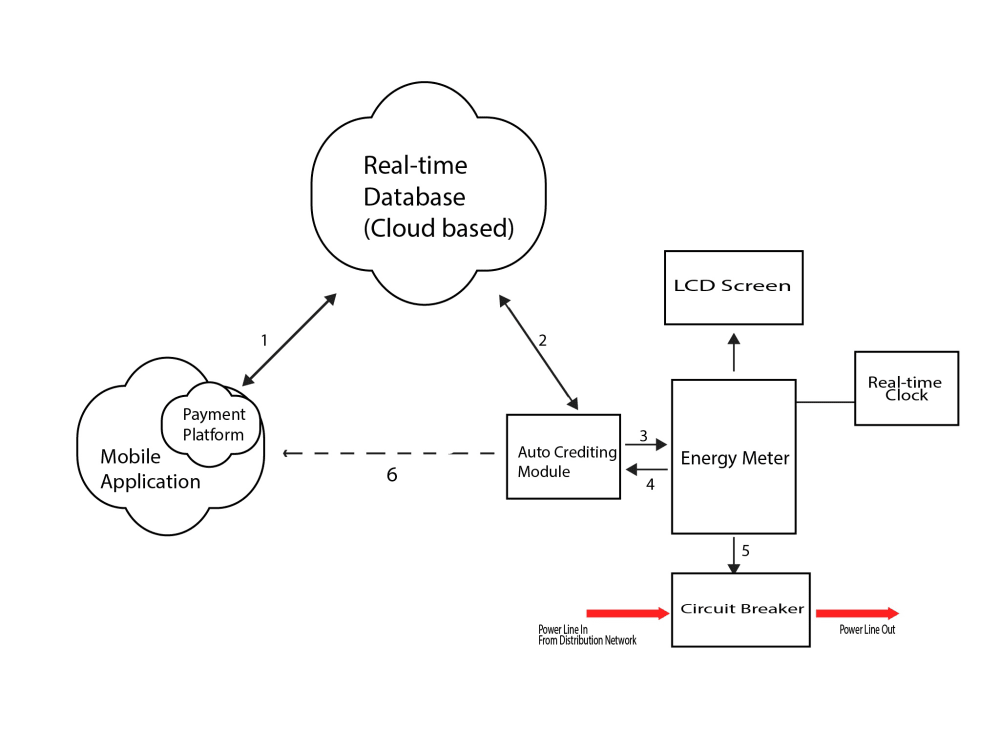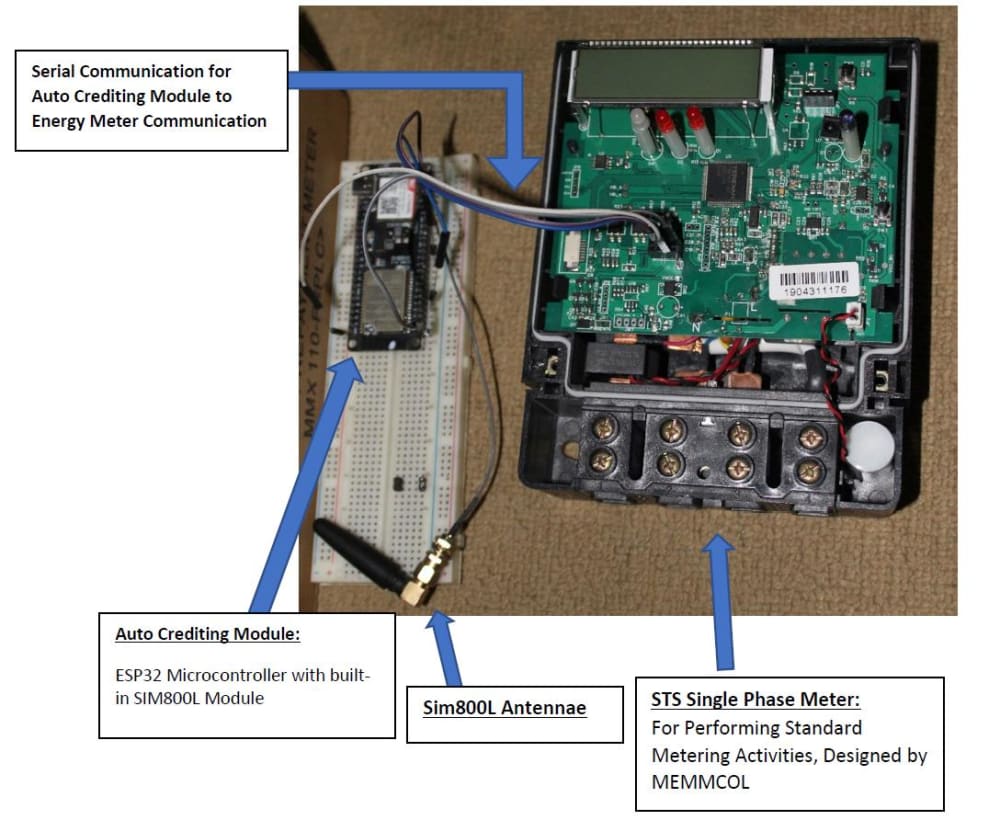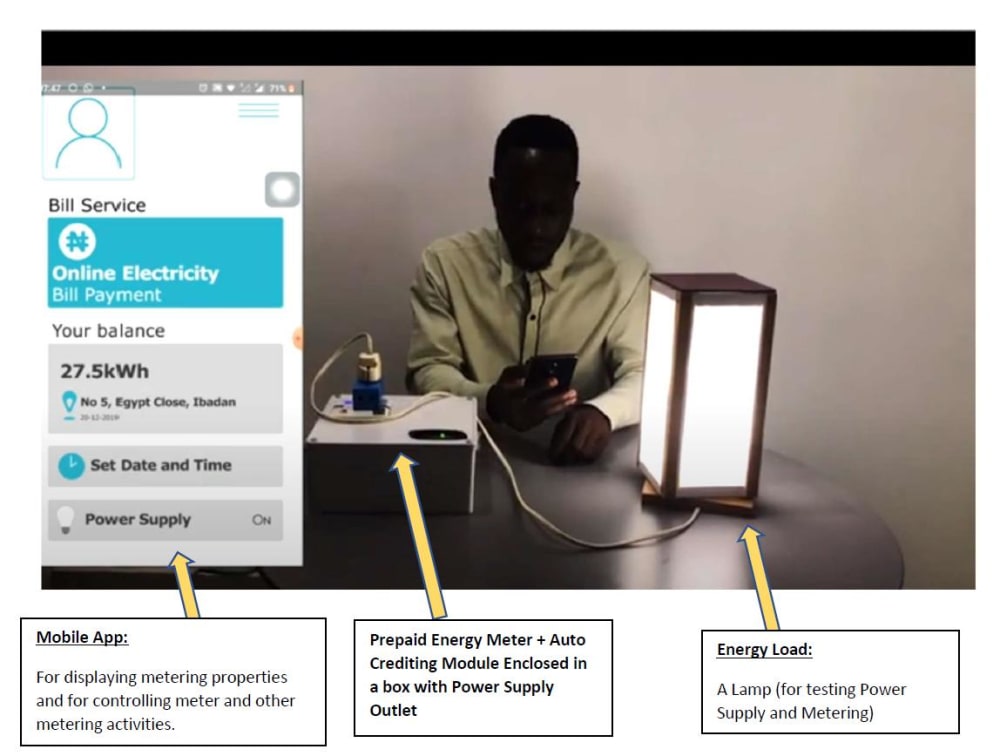In a world of rising energy consumption, the need to efficiently minimize and contain extended energy costs cannot be overemphasized. This has led the world to thoroughly investigate electricity consumption behaviour by continuously monitoring with the aid of electric meters, to extract information that can be used to accurately determine the energy consumed over a period of time, and the financial (cost) implication attached to consuming the said amount of electricity.
The Power Sector’s organized billing system and consumer relations management have been instrumental in ensuring the survival of the sector as well as the provision of electricity.
With the payment for Electrical Energy Consumption being a somewhat cumbersome process, characterized by the long queues at the payment points such as Banks or Accredited Payment Vendors, online payment could also be bypassed, where applicable since the process still involves inputting a token into the Meter to complete the energy payment process.
The proposed solution i.e. The Auto Crediting Scheme, will automatically credit the energy meter upon successful authentication of the consumer's payment made. This will provide energy feedback to the consumer such that the users can observe the relationship between energy use and costs, to promote energy savings behaviour. The entire system depends on IoT technology, which is strongly dependent on telecommunication. It features the use of a cloud-based database for storing the data obtained from (and necessary for) communicating with the Meter via the Auto Crediting Module (which is GSM driven). A more in-depth understanding of the system can be obtained, based on the outline of the operation of major features:
- The Ability to pay for Energy units remotely and automatically Credit the Meter upon successful payment authentication.
- Ability to Control the Meter’s Power Supply Connection (by disconnecting or connecting to Power Line) from anywhere via the mobile application.
- Ability to request for Energy Consumption Balance as well as last Recharge Info
Technologies Used:
- ESP32+Sim800L Microcontroller(Autocrediting Module)
- STS Single Phase Memmcol Meter
Conclusion:
With the development of an auto crediting module interfaced with a prepaid energy meter, the following has been achieved:
- A relatively easier mode of payment developed, provides a more efficient method of cash collection and an improved means of payment which makes the payment process much more convenient.
- The physical interaction between a consumer and prepaid energy meter has been greatly reduced.
- This solution can be applied to existing prepaid meters, by interfacing the crediting module via Serial Connection to the prepaid meter, and the necessary software update to account for the added module
With the success listed above the next steps in the scheme involves the following
- Ability for consumers to confirm availability of electricity or be notified in the case of a power outage or restoration
- The ability for customers to customise their energy consumption profile
- Load Demand Forecasting based on Consumer Profile
- Utility Company-Wide Area Surveillance for Distribution Networks based on Data obtained from the consumer's meters.
Video
Like this entry?
-
About the Entrant
- Name:Olufemi Balogun
- Type of entry:teamTeam members:Olufemi Ayomide Balogun;
Ayodele Samson Ogunjuyigbe;
Temitope Raphael Ayodele; - Software used for this entry:Arduino IDE, Proteus, Google Firebase, Thunkable
- Patent status:none








